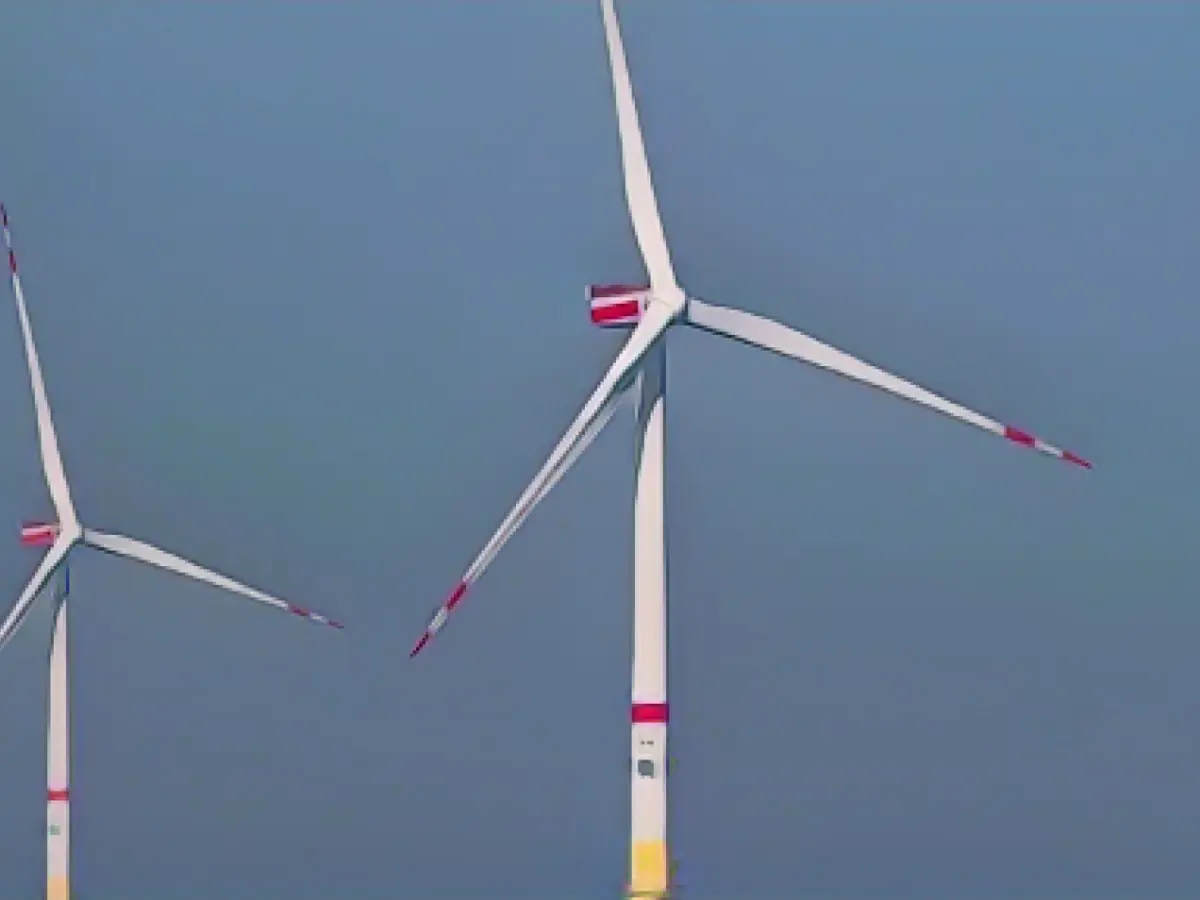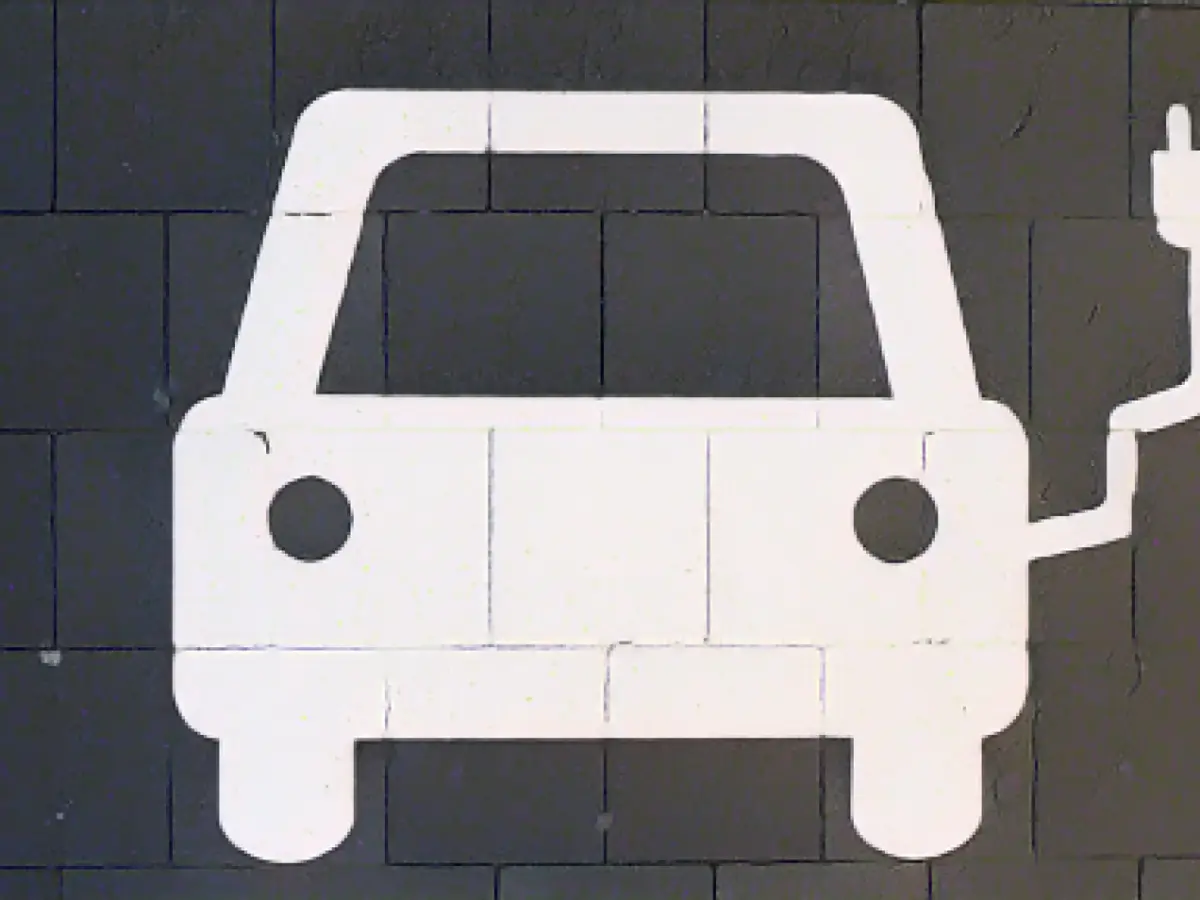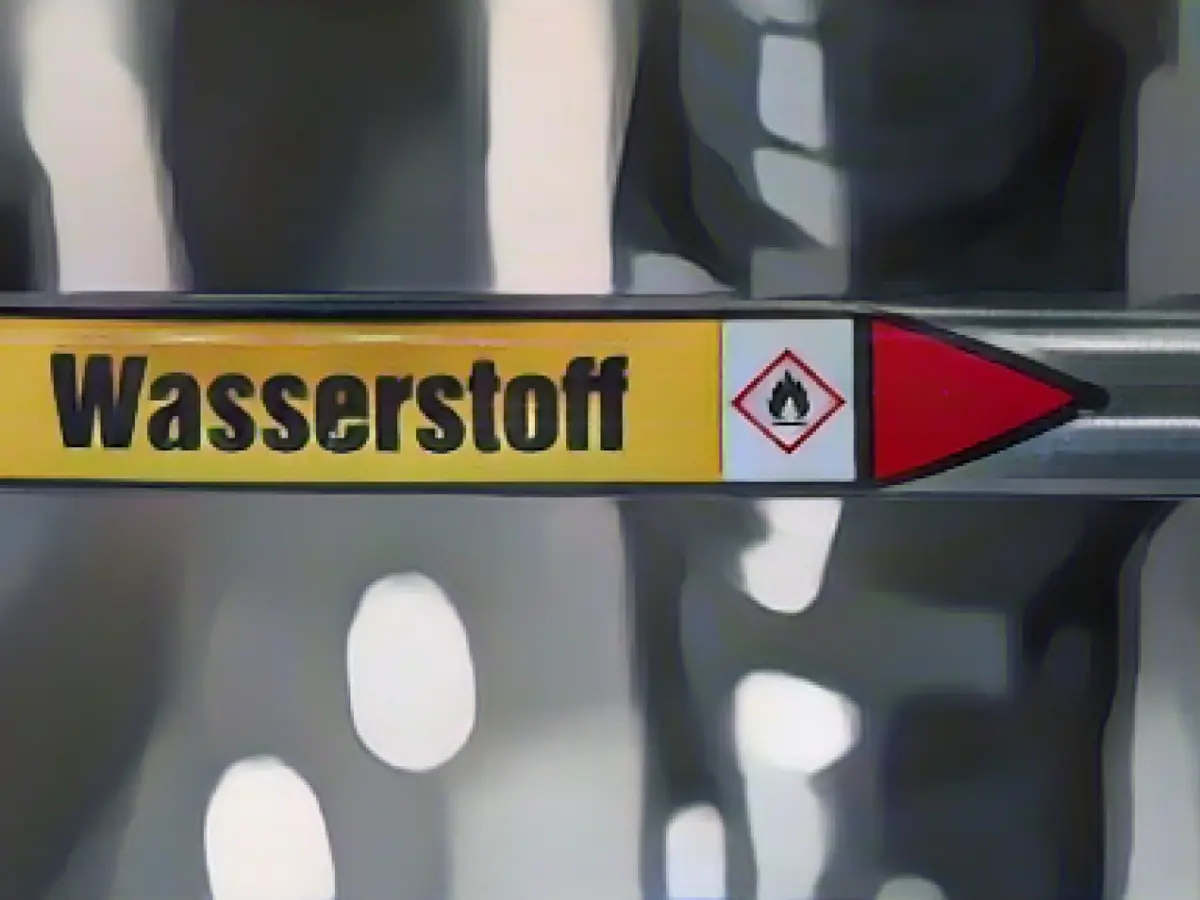Wind Farm Arcadis Ost 1 Now Powering German Homes
Good news for renewable energy advocates: The Arcadis Ost 1 wind farm off the island of Rügen in Germany is now fully operational! All 27 wind turbines have been connected to the grid, delivering electricity to around 290,000 households since early December, according to Manfred Dittmer, Head of Germany at Parkwind - the Belgian energy company responsible for the project.
This 257-megawatt wind farm was no easy feat. Construction kicked off in June 2022, with challenges including a 45-meter deep seabed and layers of non-bearing mud and silt up to 30 meters thick in some areas. To build the farm using floating cranes instead of ships that are firmly attached to the seabed, Parkwind employed the world's second-largest floating crane and tubular foundations up to 110 meters long and weighing around 2,000 tons.
The construction process for Arcadis Ost 1 was a technical challenge, with Head of Germany at Parkwind, Manfred Dittmer, expressing his wish for an installation port on the island of Rügen. However, the wind farm will be maintained from Mukran on the island of Rügen deservedly receiving industry support for adequate port infrastructure.
Germany has ambitious plans for offshore wind energy, aiming to install 30 GW by 2030 and 70 GW by 2045 in the Baltic Sea. With projects like Arcadis Ost 1 and others planned in the Baltic Sea, such targets are well within reach. Since 2011, around 1.3 GW of capacity has been installed in the German Baltic Sea, with the Baltic Eagle wind farm, set to enter service off the island of Rügen in 2023, adding an additional 476 megawatts to the total.
However, achieving these goals will require investments in infrastructure and boosting port capacity, including up to 200 hectares of heavy-duty space needed for offshore wind farm construction by 2029. Without sufficient port infrastructure, ambitions for offshore wind expansion might stall, facing significant challenges in meeting targets.
Arcadis Ost 1, run by the Offshore Wind Energy Foundation, has become an integral part of Germany's energy transition - a shift towards renewable energy sources which need to happen in the face of global warming. Offshore wind energy provides a more stable and predictable energy yield compared to solar energy or onshore wind power, making it a viable solution to combat climate change.
Enrichment Insight
The Arcadis Ost 1 project in the Baltic Sea is not only a milestone for renewable energy in Germany but has a broader impact on the energy industry. With ambitious expansion targets set by the industry, Germany aims to be at the forefront of offshore wind energy development.
To meet these goals, significant investments in infrastructure are required, such as expanding ports, upgrading grid connections, and enhancing operations and maintenance facilities. Companies like Parkwind are working on overcoming challenges in constructing and operating offshore wind farms, driving innovation and technological advancements to improve efficiency and sustainability in offshore wind energy.
Furthermore, offshore wind energy represents an opportunity to create jobs, stimulate economic growth, and develop a domestic supply chain for wind turbine components and services. With a strong focus on reducing carbon emissions and increasing energy independence, countries like Germany are putting offshore wind energy at the heart of their long-term energy strategies.
As challenges in building and connecting offshore wind farms receive more attention, the urgency to strengthen the industry's infrastructure and regulatory framework becomes increasingly apparent. By working together, policymakers, developers, and investors can pave the way for a reliable and sustainable energy future powered by offshore wind energy.








